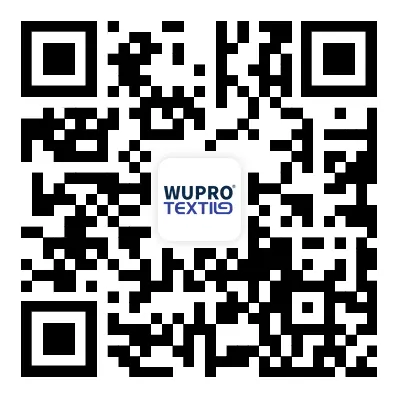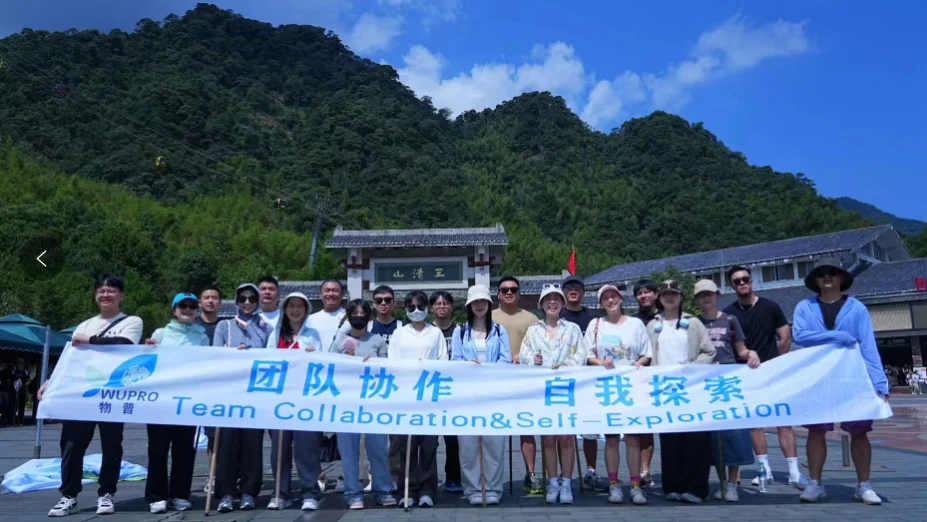Understanding Moisture-Wicking Fabrics: The Key to Comfort in Active Wear
Moisture-wicking fabrics are engineered textiles designed to draw moisture away from the skin and facilitate evaporation. This unique property makes them particularly popular in sports and active wear, where maintaining dryness is crucial for comfort and performance. The fibers in moisture-wicking materials are typically hydrophobic, meaning they repel water, allowing sweat to be pulled away from
Jun 09,2025

Moisture-wicking fabrics are engineered textiles designed to draw moisture away from the skin and facilitate evaporation. This unique property makes them particularly popular in sports and active wear, where maintaining dryness is crucial for comfort and performance. The fibers in moisture-wicking materials are typically hydrophobic, meaning they repel water, allowing sweat to be pulled away from the body and transported to the outer surface of the fabric. Here, it can evaporate quickly, keeping the wearer cooler and drier.
The science behind moisture-wicking technology is based on capillary action, which is the ability of a liquid to flow in narrow spaces without the assistance of external forces. Fabrics made from synthetic materials, such as polyester and nylon, are often utilized in moisture-wicking clothing due to their superior wicking properties compared to natural fibers like cotton. While cotton absorbs moisture, it tends to retain it, which can lead to discomfort during physical activity. In contrast, moisture-wicking fabrics provide a more efficient solution for managing sweat.
The benefits of moisture-wicking fabrics extend beyond just comfort. They also play a significant role in regulating body temperature. By keeping the skin dry, these fabrics help to prevent overheating, which is especially important for individuals engaging in prolonged physical exertion. Furthermore, some moisture-wicking fabrics come with additional features such as antimicrobial properties, which can reduce odor caused by sweat and bacteria.
In various professional settings, moisture-wicking fabrics are increasingly being integrated into uniforms and workwear. For instance, those in physically demanding jobs or environments where heat and humidity are prevalent can experience enhanced comfort and productivity. By wearing moisture-wicking clothing, professionals can focus on their tasks without the distraction of sweat-soaked garments.
When selecting moisture-wicking fabrics, it's essential to consider factors such as breathability, weight, and the specific activities for which the clothing will be used. Not all moisture-wicking materials are created equal; therefore, understanding the material composition and construction can help in making an informed choice. Look for fabrics with a tighter weave or specialized finishes that enhance moisture management capabilities.
In conclusion, moisture-wicking fabrics represent a significant advancement in textile technology, offering numerous benefits for both athletes and professionals. By effectively managing moisture, these fabrics enhance comfort, regulate body temperature, and contribute to an overall better wearing experience. As the demand for functional textiles continues to grow, moisture-wicking materials are likely to play an increasingly important role in various applications across the textile industry.
The science behind moisture-wicking technology is based on capillary action, which is the ability of a liquid to flow in narrow spaces without the assistance of external forces. Fabrics made from synthetic materials, such as polyester and nylon, are often utilized in moisture-wicking clothing due to their superior wicking properties compared to natural fibers like cotton. While cotton absorbs moisture, it tends to retain it, which can lead to discomfort during physical activity. In contrast, moisture-wicking fabrics provide a more efficient solution for managing sweat.
The benefits of moisture-wicking fabrics extend beyond just comfort. They also play a significant role in regulating body temperature. By keeping the skin dry, these fabrics help to prevent overheating, which is especially important for individuals engaging in prolonged physical exertion. Furthermore, some moisture-wicking fabrics come with additional features such as antimicrobial properties, which can reduce odor caused by sweat and bacteria.
In various professional settings, moisture-wicking fabrics are increasingly being integrated into uniforms and workwear. For instance, those in physically demanding jobs or environments where heat and humidity are prevalent can experience enhanced comfort and productivity. By wearing moisture-wicking clothing, professionals can focus on their tasks without the distraction of sweat-soaked garments.
When selecting moisture-wicking fabrics, it's essential to consider factors such as breathability, weight, and the specific activities for which the clothing will be used. Not all moisture-wicking materials are created equal; therefore, understanding the material composition and construction can help in making an informed choice. Look for fabrics with a tighter weave or specialized finishes that enhance moisture management capabilities.
In conclusion, moisture-wicking fabrics represent a significant advancement in textile technology, offering numerous benefits for both athletes and professionals. By effectively managing moisture, these fabrics enhance comfort, regulate body temperature, and contribute to an overall better wearing experience. As the demand for functional textiles continues to grow, moisture-wicking materials are likely to play an increasingly important role in various applications across the textile industry.
PREVIOUS:
Contact Us
E-mail:
Address:
1302, Zhongjun Fortune Center, Fengli Street, Shishi, Fujian, China.









